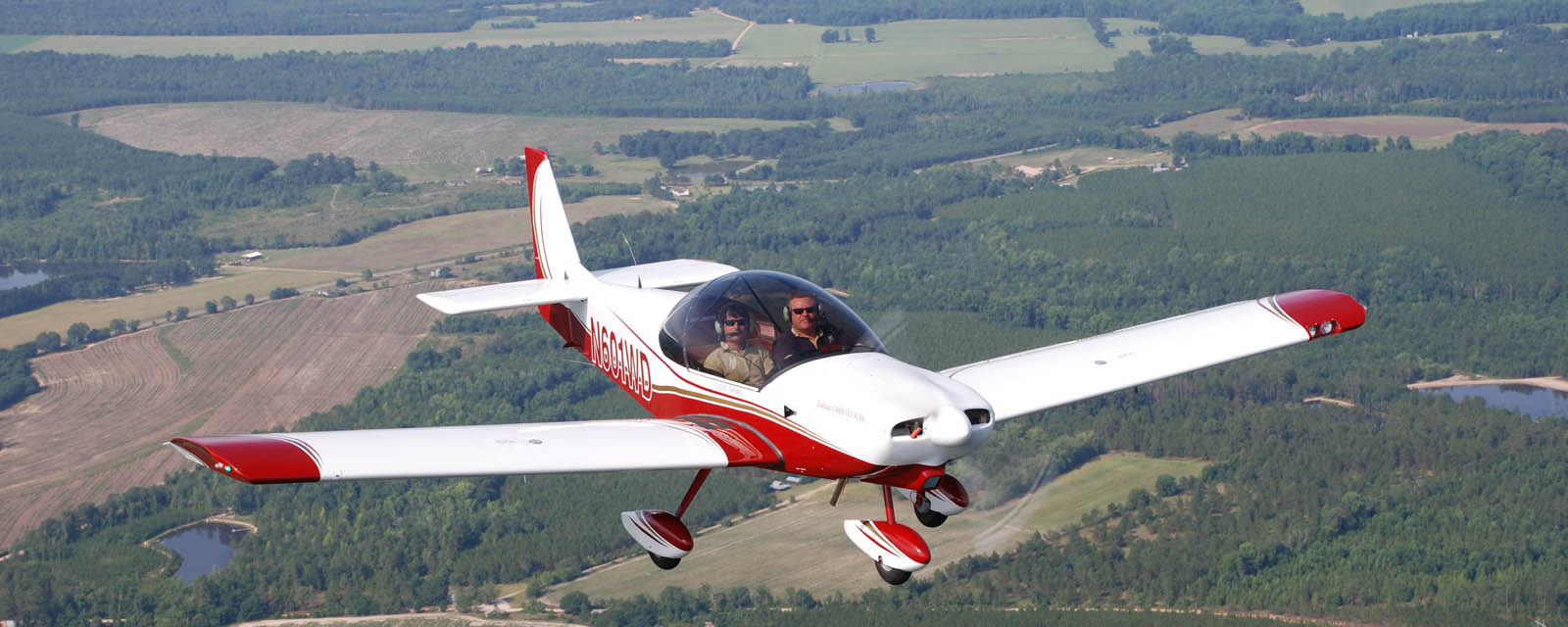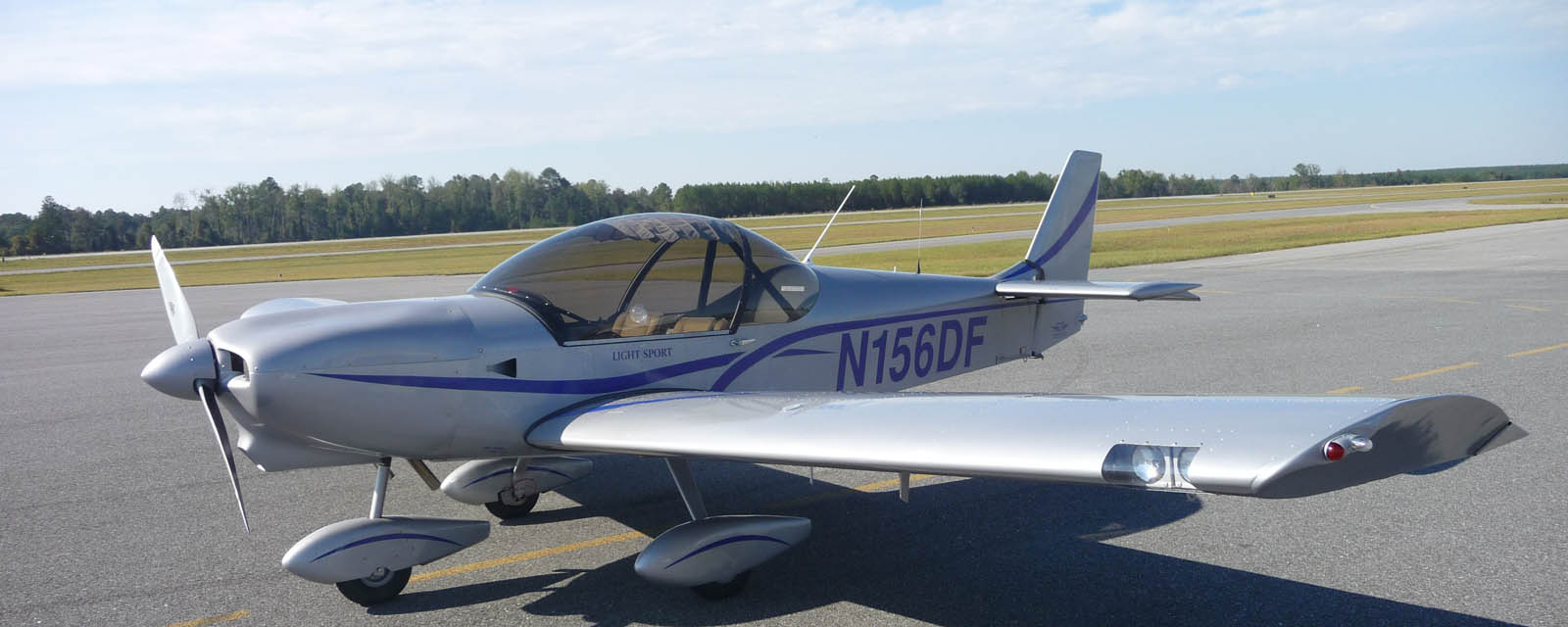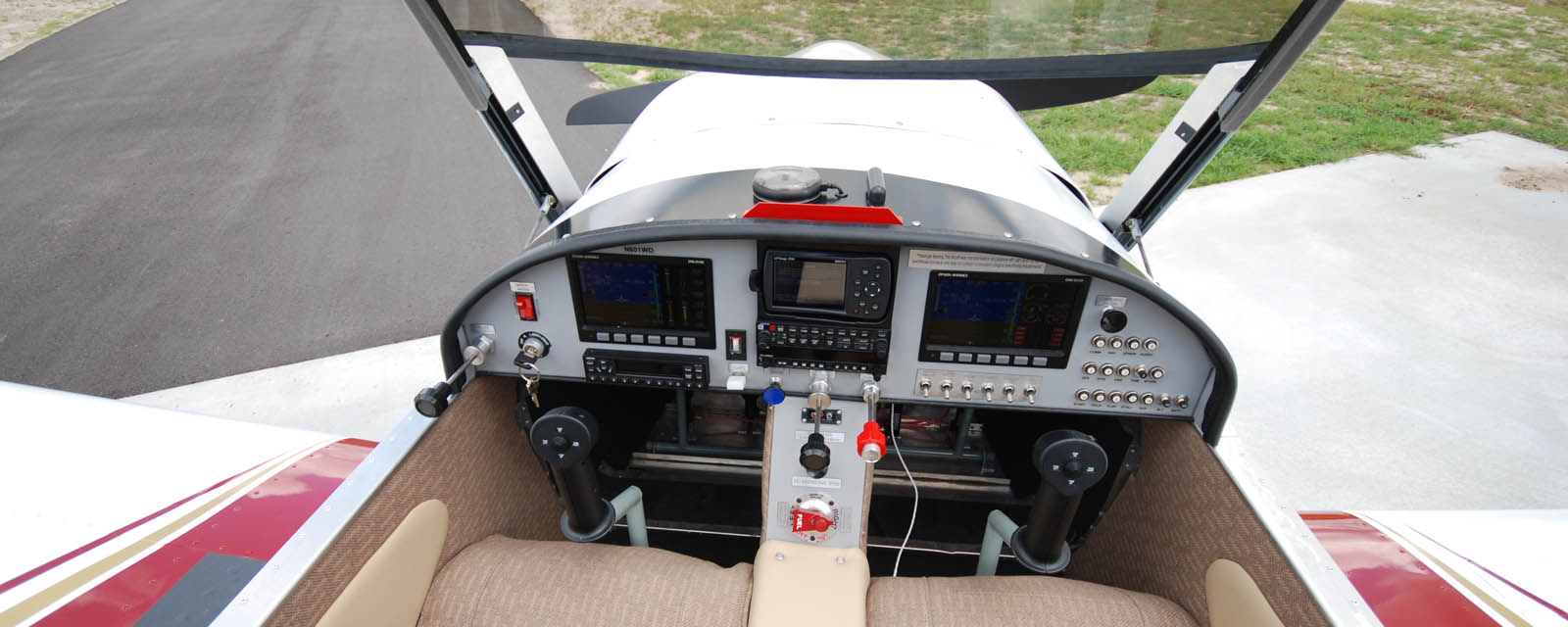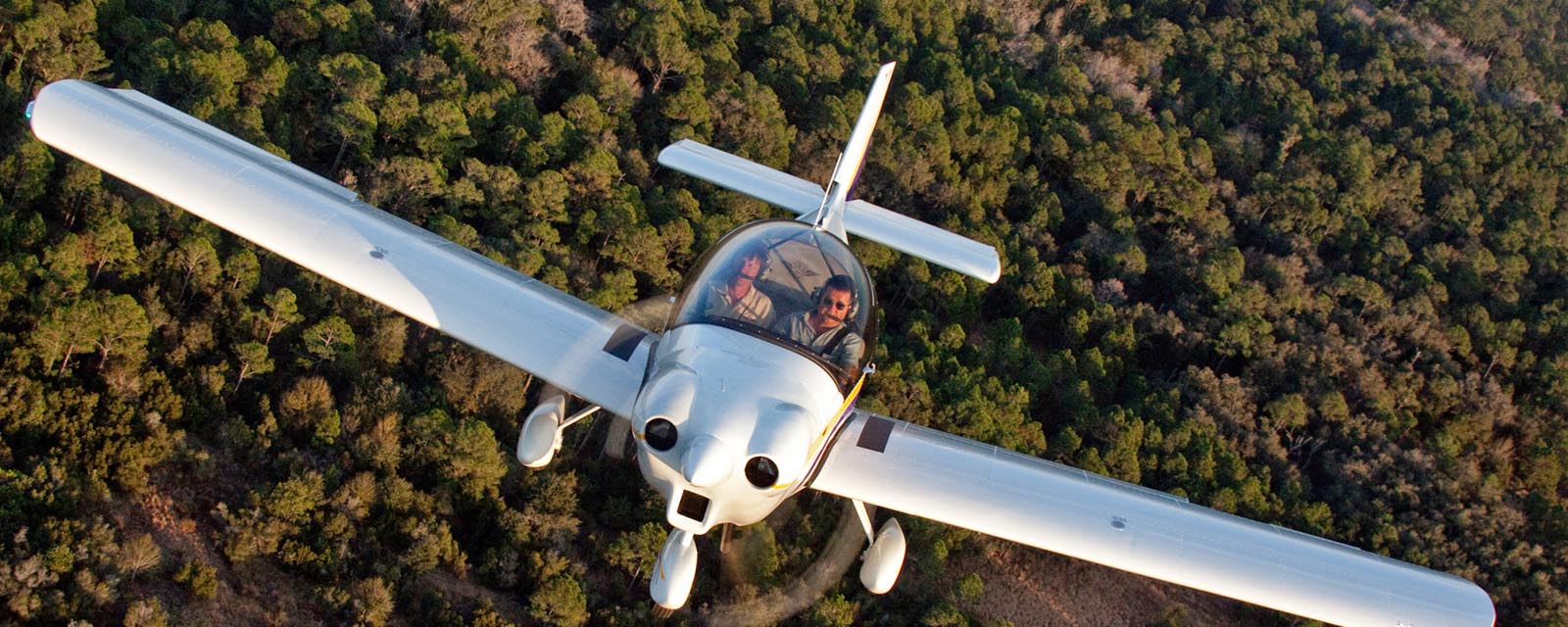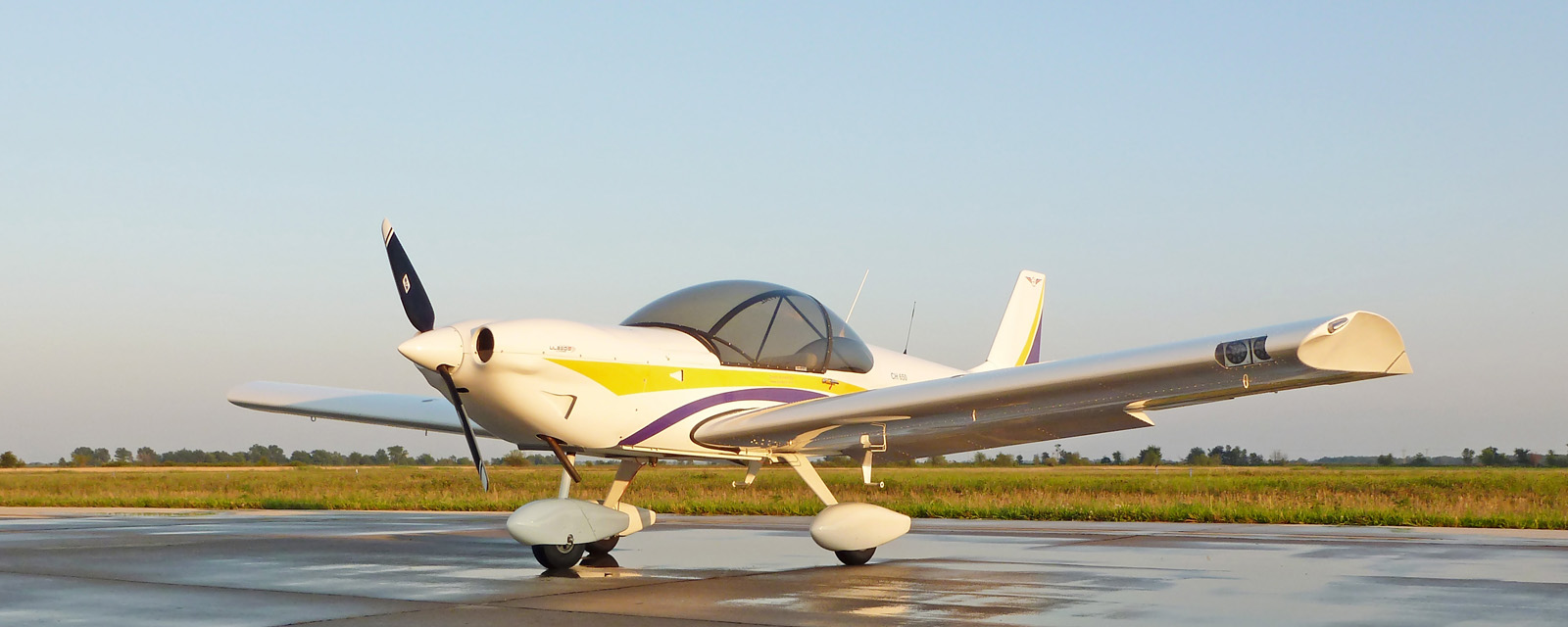The Chris Heintz-designed CH 600 Zodiac spawned a series of designs, each of them an improvement over the earlier iteration, and each became easier to build and more versatile in the air. The latest models, the CH 650 LS AND LSi, introduced at AirVenture 2008, combine the best of a European-built CH 601 XL sold as a ready-to-fly aircraft, the AMD CH 601 XL sold as an S-LSA, and the Zenith Aircraft Company’s amateur built CH 601 XL kit.
The CH 650 is now offered to markets worldwide, with detail changes as needed to comply with governmental regulations. Eventually, the 601 XL will be phased out. The 650 is available as plans (with CAD drawings and assembly manuals), a complete kit (or a series of sub kits) from Zenith Aircraft, Mexico, Missouri, (www.zenithair.com), or as a ready-to-fly S-LSA from Aircraft Design Manufacturing & Design (AMD) (www.NewPlane.com) of Eastman Georgia.

The CH 650 LS’s improvements include a more-convenient hinged clamshell bubble canopy, with dual tube 4130 roll-over protection. The new canopy keeps the traditional look of the Zodiac alive while adding headroom. (The new roll-over protection and redesigned canopy latching system are also available from Zenith Aircraft as an upgrade kit for existing Zodiac Owners.)
In deference to the CH 650 LS’s anticipated role as a primary trainer, its landing gear is tougher and sports standard aviation 500-by-5 wheels and brakes. The gear system is bigger, making the aircraft taller, and the AMD main gear spring is gun-drilled, for cleaner, more protected brake line routing.
The rudder was redesigned and looks sleeker. The European wing angle is now standard on the 650 LS, with the trailing edge of the wing tilted down about 2 inches. Extra aluminum braces have been added to the fuselage sides and wings. The interior sports carpeting, and parts familiar to other Heintz-designed airplanes include the rudder pedals, the cowl, the nose gear strut, and firewall, all similar to the larger CH 640, CH 801, AND CH 2000.
Much work was done to the controls, which are now more balanced for better feel. “The 650 LS’s airframe structure and flying characteristics are now more like an FAR 23 type aircraft,” said AMD Sales Director John Degonia. “Flying schools and pilots who were looking at buying an FAR 23 aircraft have now committed to the 650.”
The IFR airframe of the 650 LSi is based on what was required to certify the Alarus CH 2000 to FAR 23 Certification. The 650 LS is powered by a TCM (Continental) O-200 with Sensenich fixed-pitch prop. Performance and safety options include a BRS all-aircraft parachute system, AmSafe airbag-seat belts, full electric gyro instruments, and wheelpants.
In the experimental kit version, the CH 650’s firewall-forward will accommodate a Jabiru 3300, Lycoming O-235 or -233, or Rotax four-cylinder powerplants as alternatives to the S-LSA version’s TCM O-200.
With the Continental O-200 engine, the AMD 650 LS carries 30 gallons of fuel and has a useful load of 550 pounds. (With the Jabiru 3300, the useful load is 625 pounds, leaving a generous 481 pounds with full 24 gallon tanks.)
Panel Options run the gamut from basic VFR to a Dynon EFIS, TruTrak one- or two-axis autopilots, and many Garmin options, including a 430 system. The AMD CH 650 on display at AirVenture 2008 was equipped with the new EFD1000 Pro primary flight display system from Aspen Avionics and a WAAS-certified GNS 530W GPS/nav/comm by Garmin. Price of the factory-built 650 is just under $100,000.
(EAA Sport Pilot & Light Sport Aircraft magazine, October 2008)
